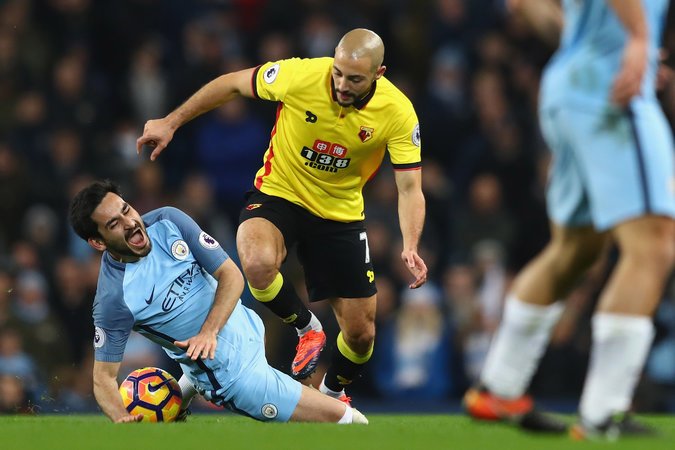PHOENIX – An outbreak of illness in a major league clubhouse looks something like this:
Dodgers pitcher Brock Stewart wore a surgical mask as he walked to his locker at Camelback Ranch. A quartet of air filtration devices designed to prevent the spread of germs lined the room. Strength and conditioning coach Brandon McDaniel administered vitamins to the healthy. Matt Kemp exaggerated a cough as he staggered to his locker.
“If you’re sick, go home!” closer Kenley Jansen said. There wasn’t much of an audience for his message. The clubhouse was mostly empty. The Dodgers were either eating breakfast or lifting weights or huddling in a quarantine or not even in the building.
A virus causing chills, fatigue and other flulike symptoms overtook the Dodgers on Wednesday. The number of affected totaled 24 or 25, manager Dave Roberts said. The team sent the ill home. The medical staff hoped the symptoms would subside in one to three days, Roberts said.
“I haven’t seen anything like this,” Roberts said.
The illness caused widespread changes to Roberts’ lineup for Wednesday’s game against San Diego. Hyun-Jin Ryu was scratched from his start and replaced by Wilmer Font. The list of affected position players was extensive: Cody Bellinger, Yasiel Puig, Austin Barnes, Logan Forsythe, Enrique Hernandez, Kyle Farmer and Trayce Thompson were all listed on the initial travel roster, but weren’t included in the lineup.
Josh Fields was slated to pitch a session of live batting practice with Rich Hill. Instead, the Dodgers sent Fields home. Hill reported no symptoms – although the team did place a filtration system next to his locker. Alex Wood joked the device was necessary to protect Hill, who at 38 is the second-oldest player on the roster.







